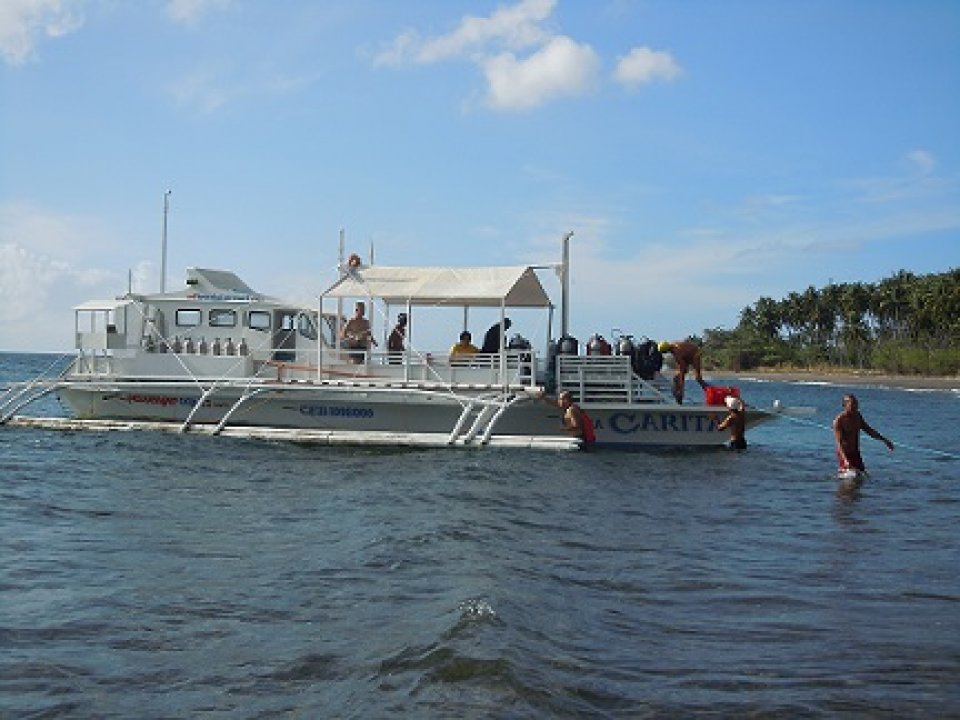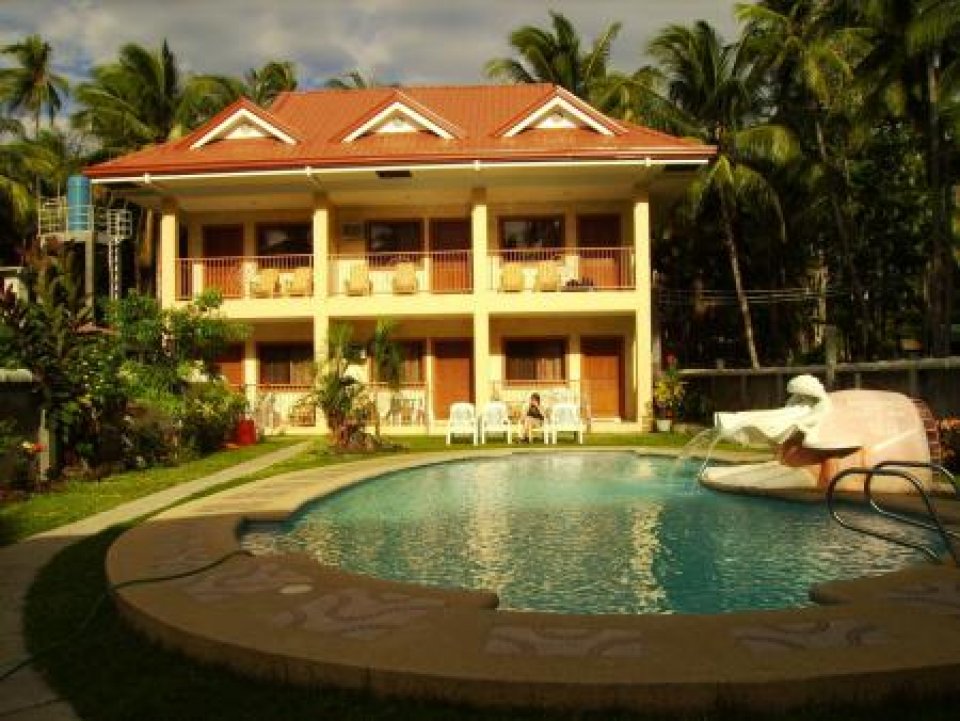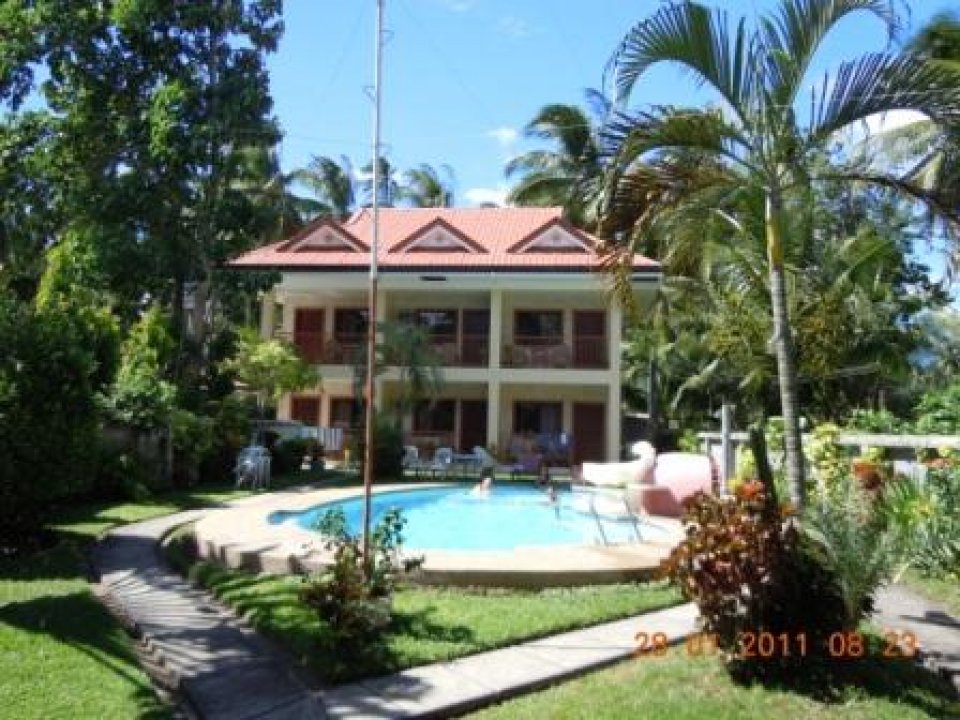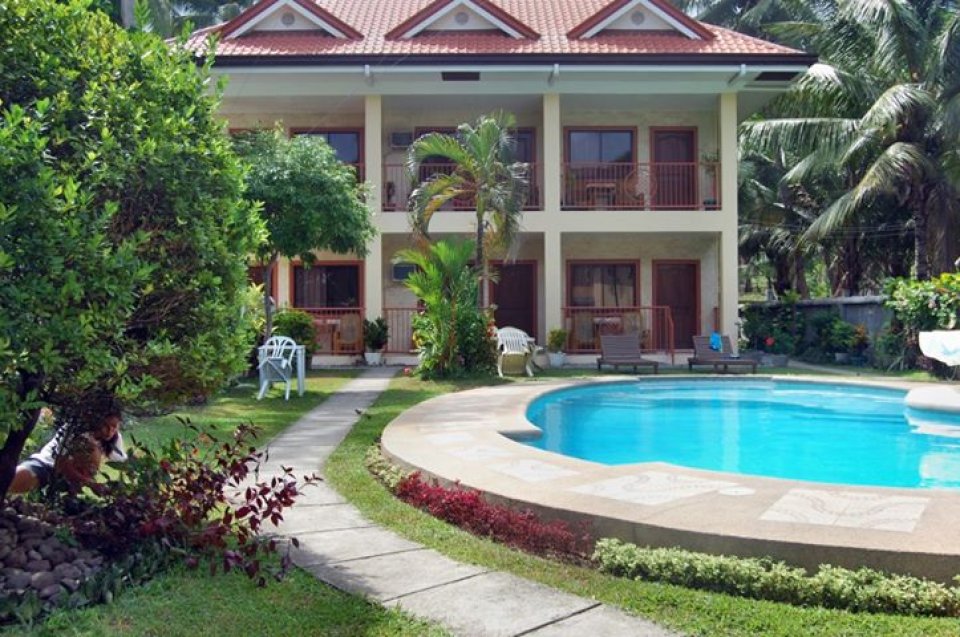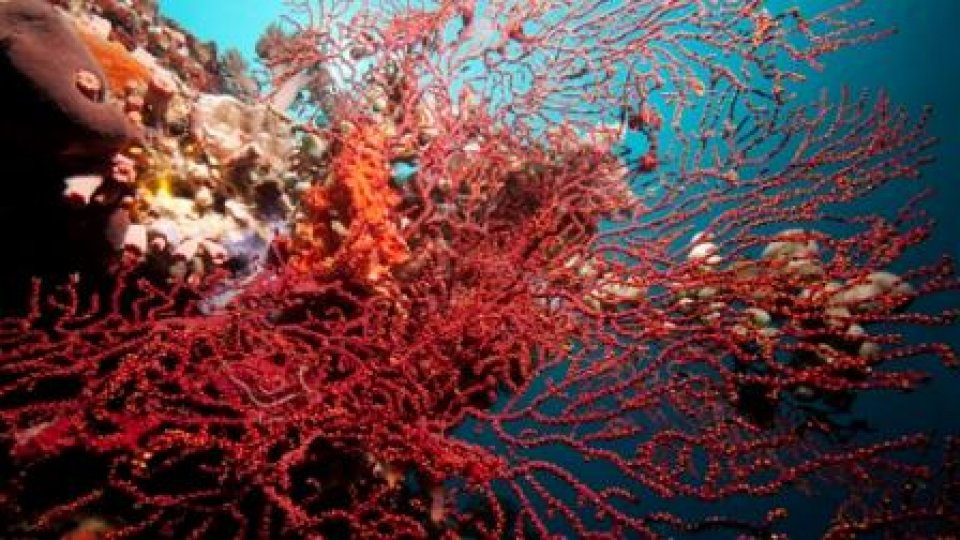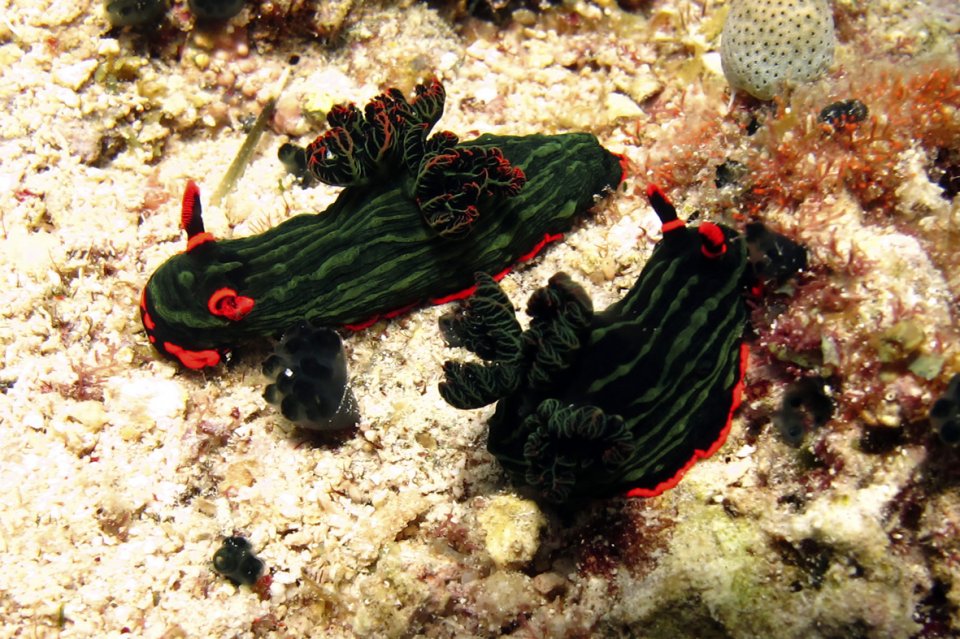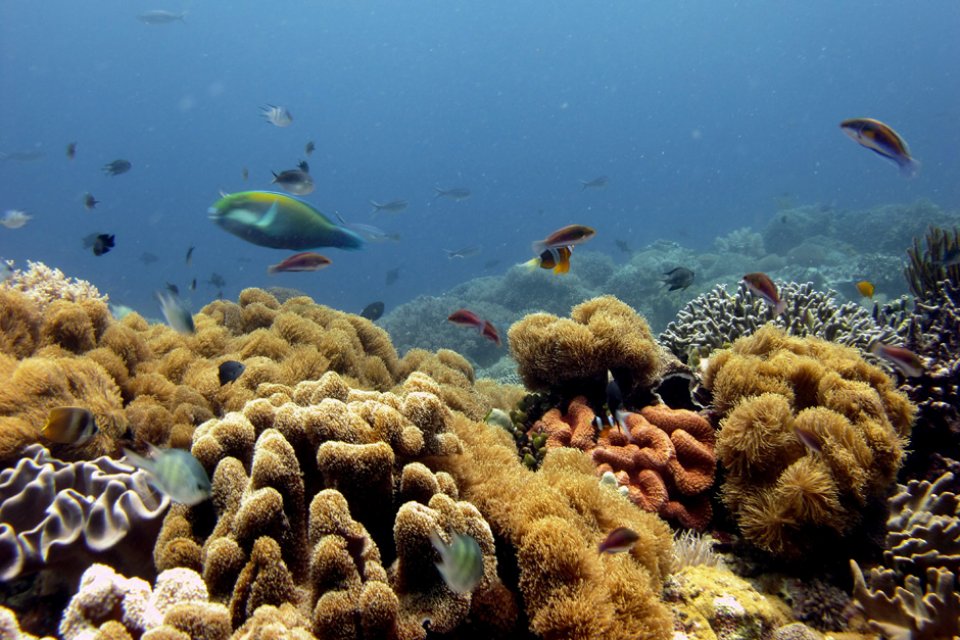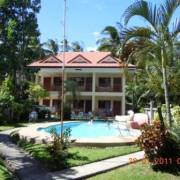Dive in Apo Island
Diving in Apo Island

Apo Island is an internationally acclaimed dive site. Located in Dauin, it has a hilly terrain and white-pebbled lagoon. Nestled within, the Balwarte Rocks and Negros Oriental Marine Conservation Park, with its spectacular coral gardens and marvelous marine life, are consistent crowd drawers.
Apo Island is one of the world's best known community-organized marine sanctuaries, and as such it has been well documented, by the global science community. The project was started in 1982. It is home to over 650 documented species of fish and estimated to have over 400 species of corals.
Visitors and tourists pay a fee to enter Apo Island and to snorkel or dive in the marine sanctuary there, these fees are used to keep the sanctuary clean and in good condition. In 2003 Chicago's Shedd Aquarium opened a Wild Reef exhibit based on Apo Island's surrounding reef and marine sanctuary.
The island is 20 kilometres from Dumaguete City, Negros Oriental and can be reached by a 30-minute boat ride from the fishing/market village of Malatapay, Zamboanguit, Negros Oriental.

Travel to Apo Island

Apo Island is a small volcanic island, 7km off the southeastern tip of Negros Island in the Philippines. It is under the jurisdiction of the municipality of Dauin, Negros Oriental. The marine habitat around the island is a marine reserve; protected by the National Integrated Protected Area Act (N.I.P.A.) and comes under the jurisdiction of the Protected Area Management Board (P.A.M.B.).
The island offers the best diving around. On the southeast, the sanctuary is a gradual slope with a shallow wall. Thousands of tiny fish cluster around the bushes of black corals in crevices, and there are lapu-lapus, surgeons, some beautiful stony corals, and a collection of various species of clownfishes and anemones.
Apo island is accessible by a 35-minute boat ride from Zamboanguita. The island is home to nearly 800 people, mainly fisher folks. Since 2002 Apo has become a popular dive site and snorkeling destination with tourists.
